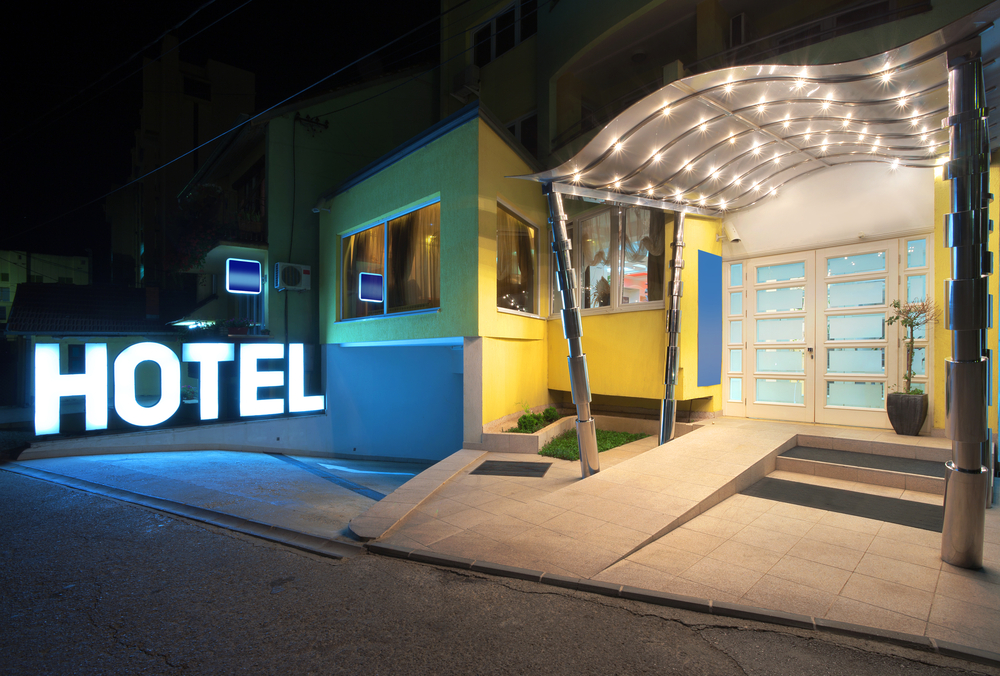The hotel income that a hotel economist considers when determining the potential loss resulting from a construction defects damages lawsuit usually starts with room revenue as its basis. In addition to the guestrooms that may have been impacted and the subsequent revenue loss, there are related revenues to be considered too. These include on-site food, beverage and other expenditures, such as room service and in-room entertainment, that would be generated as a result of the occupied rooms and in-house guests.
However, the manner in which certain direct room costs are applied can also significantly affect the overall loss:
- One example is where a hotel economist may have to consider different variables for fees that apply to both the franchise and management company for the lodging property. These room costs may be both a percentage of sales as well as include some fixed expenses, such as per room reservation charges and accounting support services add-ons.
- Another is where a hotel expert estimating construction damages must consider how the lender for the hotel expects certain set asides to be handled, such as the allocation for future FF&E (fixtures, furnishings and equipment) replacements. In most cases, this is a percentage of the gross revenues and is deducted before the income is determined. However, if the guestroom is not occupied and is still considered a loss based on the construction defects impact, the direct room cost allocation might not be deducted.
- Lastly, if the loss of room occupancy requires a hotel turnaround to return it to the original estimates of future earnings as part of a lawsuit, an add-on cost for additional marketing and public relations may be necessary.
In summary, a hotel economist must consider how these deductions and add-on expenses apply to the particular hotel and its respective loss of use from the construction defects. It is not just a consideration of the revenues less expenses, but how certain direct room costs are factored in as well.






